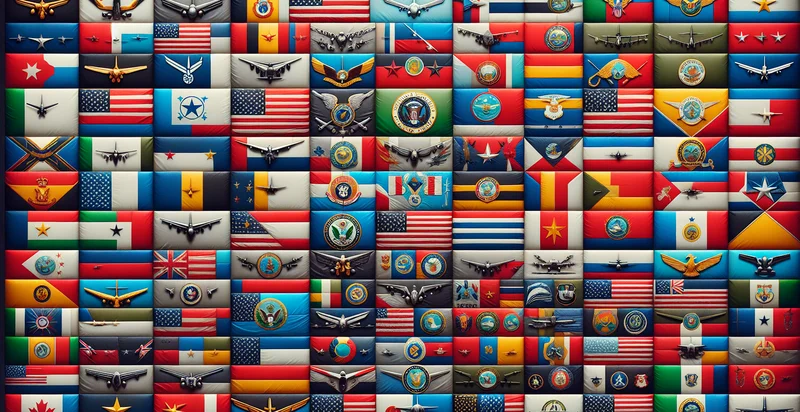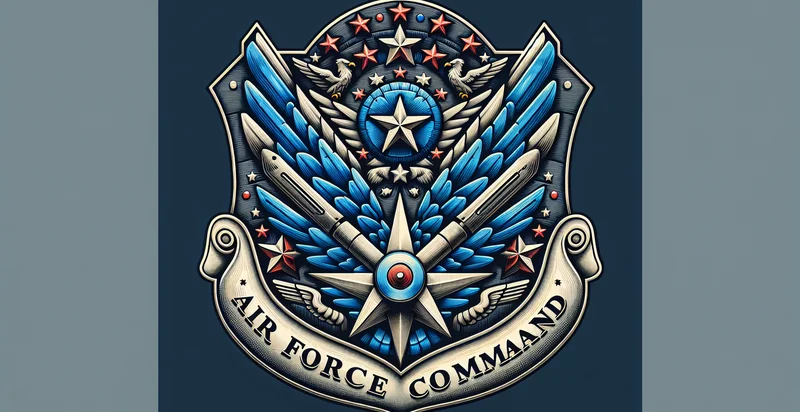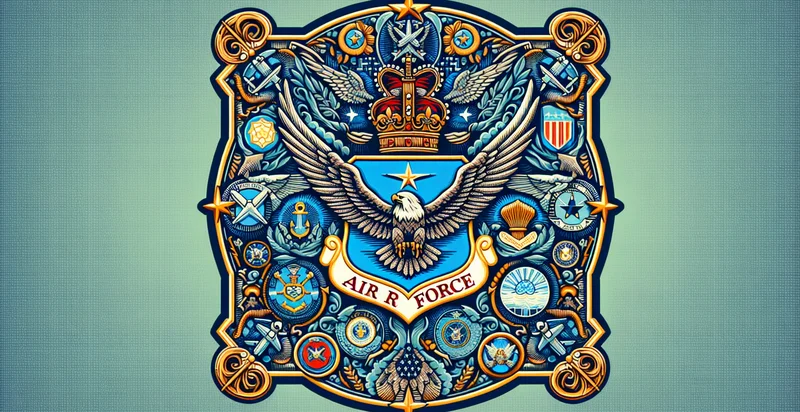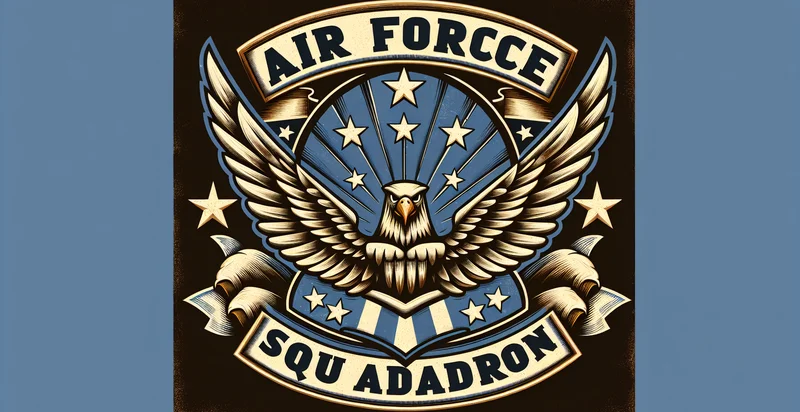Identify air force flags
using AI
Below is a free classifier to identify air force flags. Just upload your image, and our AI will predict the type of Air Force flag it is. - in just seconds.

Contact us for API access
Or, use Nyckel to build highly-accurate custom classifiers in just minutes. No PhD required.
Get started
import nyckel
credentials = nyckel.Credentials("YOUR_CLIENT_ID", "YOUR_CLIENT_SECRET")
nyckel.invoke("air-force-flags-identifier", "your_image_url", credentials)
fetch('https://www.nyckel.com/v1/functions/air-force-flags-identifier/invoke', {
method: 'POST',
headers: {
'Authorization': 'Bearer ' + 'YOUR_BEARER_TOKEN',
'Content-Type': 'application/json',
},
body: JSON.stringify(
{"data": "your_image_url"}
)
})
.then(response => response.json())
.then(data => console.log(data));
curl -X POST \
-H "Content-Type: application/json" \
-H "Authorization: Bearer YOUR_BEARER_TOKEN" \
-d '{"data": "your_image_url"}' \
https://www.nyckel.com/v1/functions/air-force-flags-identifier/invoke
How this classifier works
To start, upload your image. Our AI tool will then predict the type of Air Force flag it is..
This pretrained image model uses a Nyckel-created dataset and has 30 labels, including Argentinian Air Force, Belgian Air Component, Brazilian Air Force, Danish Air Force, Dutch Royal Air Force, Egyptian Air Force, French Air Force, Greek Air Force, Indian Air Force and Israeli Air Force.
We'll also show a confidence score (the higher the number, the more confident the AI model is around the type of Air Force flag it is.).
Whether you're just curious or building air force flags detection into your application, we hope our classifier proves helpful.
Related Classifiers
Need to identify air force flags at scale?
Get API or Zapier access to this classifier for free. It's perfect for:
- Military Asset Classification: This function can be utilized to automate the identification of military assets by analyzing aerial images for specific insignia, such as air force flags. It helps in assessing and categorizing military resources effectively, ensuring quick deployment of intelligence.
- Surveillance and Reconnaissance: During reconnaissance missions, accurate identification of aircraft using air force flags enhances situational awareness. This function improves the efficiency of surveillance operations by reducing the time needed for visual confirmations of identified aircraft.
- Historical Research and Archiving: Researchers studying military history can leverage the false image classification function to identify and categorize photographs from various eras. By accurately identifying aircraft flags, historians can enhance collections and preserve essential data for academic and educational purposes.
- Event Documentation: In the event of air shows or military parades, this function can be employed to document aircraft participation by recognizing their distinctive air force flags. This aids in producing accurate records for promotional materials, articles, and audience information.
- Security and Threat Assessment: Security agencies can utilize this function to analyze aerial images and monitor unauthorized air force flag usage. By identifying potential security threats promptly, authorities can take proactive measures to mitigate risks.
- Training Simulation: Defense training programs can integrate this image classification function into flight simulators to teach cadets about recognizing friendly versus enemy aircraft by their flags. It enhances the educational experience by providing realistic scenarios for trainees.
- Supply Chain Verification: In logistics and maintenance of military aircraft fleets, this function can assist in verifying aircraft identity by their flags before parts are supplied or maintenance is conducted. This ensures that resources are allocated correctly and reduces the risk of operational errors.


